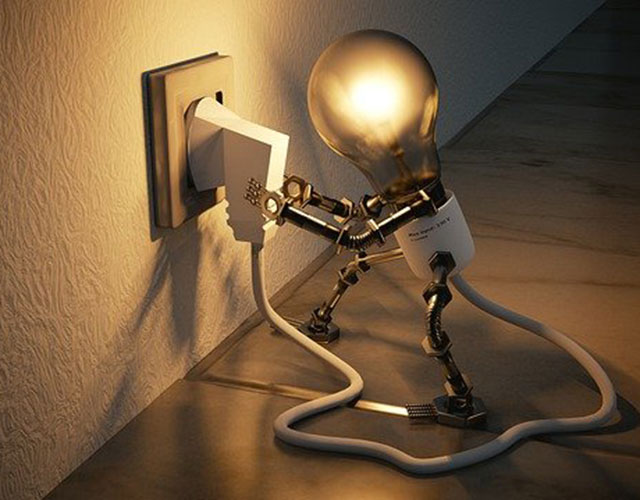Johannesburg – Power supplies have stabilised in South Africa in recent days despite fears of a dark winter, but experts warn its creaking electricity grid remains volatile.
A prolonged energy crisis has devastated the continent’s most industrialised economy and frustrated locals as the embattled Eskom imposed crippling power outages to prevent a national grid collapse.
Scheduled outages are now halted during daytime, giving badly battered businesses a reprieve.
Having endured up to half the day without electricity in recent months, South Africans are now only starved of power for slightly over two hours a day.
But energy expert Lungile Mashele said that the country’s electricity generation capacity was still “very volatile”.
“It’s not the most reliable system,” she told AFP, referring to the country’s 14 predominantly coal-powered stations, most of which are old and poorly serviced.
Eskom has struggled to maintain supplies because of endemic corruption that hollowed out its coffers during former president Jacob Zuma’s tenure, as well as by sabotage and maladministration.
From supplying only about half of power that it should, Eskom on Friday suddenly went over “the 60 percent mark of energy availability”, Kgosientsho Ramokgopa, the Minister of Electricity told a local television station at the weekend.
ALSO READ | Govt, business forge partnership to tackle key challengess
But scepticism still runs high among South Africans over power cuts, which are euphemistically called load shedding.
Improved power supplies are “just too good to be true”, tweeted @LastbornYembuso earlier this week.
Another South African, @LaurenSeale11, wondered if anyone else was “suspicious about how load shedding suddenly is down?” speculating that the government was reducing outages to appear efficient ahead of the 2024 general elections.
The mistrust is probably justified.
On Saturday Eskom announced it would suspend power cuts “until further notice”, but backtracked three hours later saying that power cuts would resume immediately.
But according to Mashele, it was possible there was more electricity because Eskom slowed down its “planned maintenance…(which) brings huge units back online”.
In addition, large consumers, such as mines, “typically” decrease production to avoid high tariffs that are traditionally imposed during the southern hemisphere winter, which starts in June.
Power cuts have hammered the economy, with the International Monetary Fund projecting real GDP growth for this year to be at meagre 0.1 percent.
Follow African Insider on Facebook, Twitter and Instagram
Source: AFP
Picture: Pixabay
For more African news, visit Africaninsider.com


